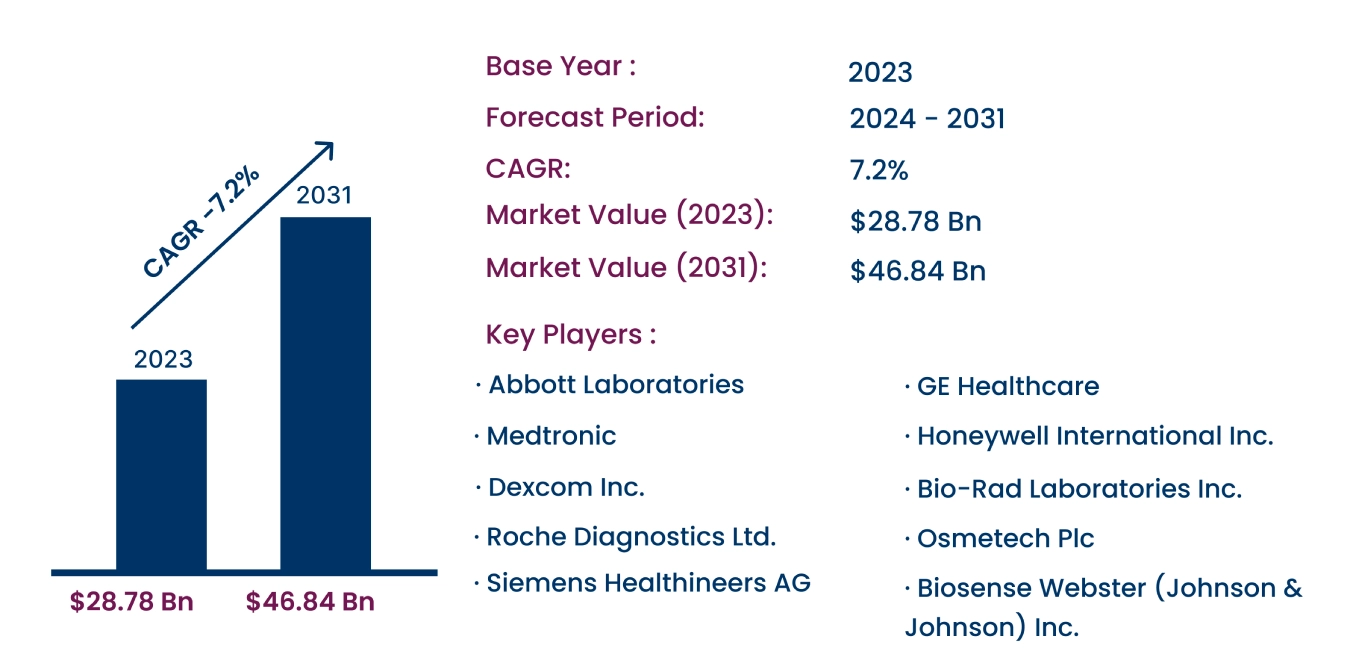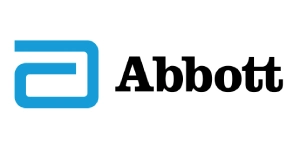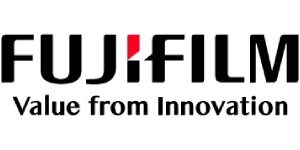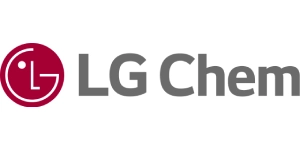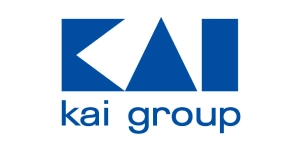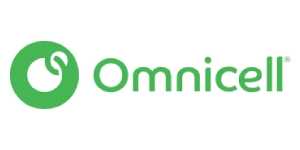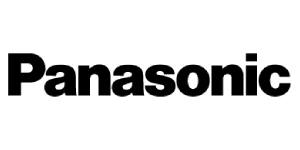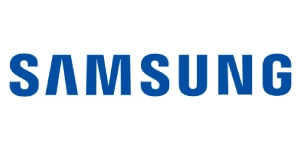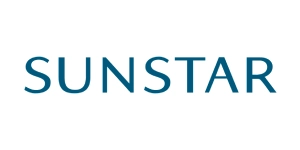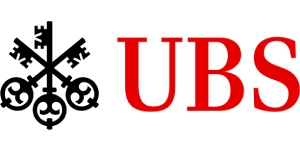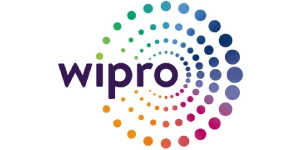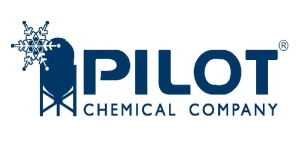Global Biosensors Market to Reach USD 46.84 Billion by 2031 | CAGR of 7.2%
Category : Healthcare | Published Date : Nov 2024 | Type : Press Release
Biosensors Market Scope & Overview:
In the newly published report, Consegic Business Intelligence states that the Biosensors Market was valued at USD 28.78 Billion in 2023 and is projected to reach USD 46.84 Billion by 2031, growing at a CAGR of 7.2% from 2024 to 2031. Biosensors are analytical devices used for detecting biological molecules or chemical compounds by converting a biological response into a measurable signal. These devices are composed of a bioreceptor, transducer, and signal processor, making them essential in real-time applications such as medical diagnostics, environmental monitoring, and biotechnology.
The report comprises the Biosensors Market Share, Size & Industry Analysis, By Product Type (Wearable Biosensors [Fitness Trackers, Smartwatches, Health Patches], Implantable Biosensors [Glucose Sensors, Cardiac Monitors], Non-Wearable Biosensors [Handheld Devices, Diagnostic Equipment], In-vitro Biosensors [Lab-on-a-Chip Devices, Diagnostic Test Kits]), By Technology (Electrochemical Biosensors, Optical Biosensors, Piezoelectric Biosensors, Thermal Biosensors, Magnetic Biosensors), By Application (Medical Diagnostics [Glucose Monitoring, Cardiac Monitoring, Cancer Detection], Environmental Monitoring [Pollution Detection, Water Quality Testing], Food & Beverage Industry [Quality Control, Contaminant Detection], Biotechnology & Pharmaceutical Research [Drug Discovery, Clinical Trials]), By End-User (Hospitals and Clinics, Research and Diagnostic Laboratories, Home Healthcare, Pharmaceutical and Biotechnology Companies, Environmental Agencies), and By Region (North America, Europe, Asia-Pacific, Latin America, Middle East & Africa), and Forecast, 2024-2031.
The report contains detailed information on Biosensors Market Trends, Opportunities, Value, Growth Rate, Segmentation, Geographical Coverage, Company Profile, In-depth Expert Analysis, Revenue Forecast, Competitive Landscape, Growth Factors, Restraints or Challenges, Environment & Regulatory Landscape, PESTLE Analysis, PORTER Analysis, Key Technology Landscape, Value Chain Analysis, and Cost Analysis.
Growing demand for point-of-care testing and advances in wearable technology are driving the market, while complex manufacturing and calibration requirements may restrain market growth.
Segmental Analysis :
By product type, the market is segmented into wearable biosensors, implantable biosensors, non-wearable biosensors, and in-vitro biosensors.
- Wearable biosensors accounted for the largest share of the market in 2023, driven by their role in continuous monitoring of vital signs and chronic disease management.
- Implantable biosensors are expected to grow at the fastest CAGR during the forecast period, driven by increasing applications in glucose monitoring and cardiac monitoring for personalized healthcare.
By technology, the market is segmented into electrochemical biosensors, optical biosensors, piezoelectric biosensors, thermal biosensors, and magnetic biosensors.
- Electrochemical biosensors held the largest share in 2023 due to their wide applications in glucose monitoring, lactate detection, and point-of-care diagnostics.
- Optical biosensors are expected to witness the fastest growth, driven by demand for real-time diagnostics in cancer detection and infectious disease monitoring.
By application, the market is segmented into medical diagnostics, environmental monitoring, food & beverage industry, and biotechnology and pharmaceutical research.
- Medical diagnostics dominated the market in 2023, driven by the increasing use of biosensors for glucose monitoring, cardiac monitoring, and rapid diagnostic tests.
- Environmental monitoring is expected to grow at the fastest rate, driven by rising demand for pollution detection and water quality testing.
By end-user, the market is segmented into hospitals and clinics, research and diagnostic laboratories, home healthcare, pharmaceutical and biotechnology companies, and environmental agencies.
- Hospitals and clinics accounted for the largest market share in 2023, driven by the need for continuous patient monitoring and rapid diagnostics in critical care.
- Home healthcare is expected to grow at the fastest rate, driven by the increasing adoption of wearable biosensors for chronic disease management and fitness monitoring.
Based on regions, the global market is segmented into North America, Europe, Asia-Pacific, Middle East & Africa, and Latin America.
- North America accounted for the largest market share in 2023, driven by advanced healthcare infrastructure and high healthcare spending on diagnostics.
- Asia-Pacific is expected to witness the fastest CAGR during the forecast period, driven by rising healthcare investments and the increasing prevalence of chronic diseases.
| Report Attributes | Report Details |
| Study Timeline | 2018-2031 |
| Market Size in 2031 | USD 46.84 Billion |
| CAGR (2024-2031) | 7.2% |
| By Product Type | Wearable, Implantable, Non-Wearable, In-vitro Biosensors |
| By Technology | Electrochemical, Optical, Piezoelectric, Thermal, Magnetic |
| By Application | Medical Diagnostics, Environmental Monitoring, Food & Beverage Industry, Biotechnology & Pharmaceutical Research |
| By End-User | Hospitals and Clinics, Research and Diagnostic Laboratories, Home Healthcare, Pharmaceutical and Biotechnology Companies, Environmental Agencies |
| By Region | North America(U.S., Canada, Mexico) Europe(U.K., Germany, France, Spain, Italy, Russia, Benelux, Rest of Europe) APAC(China, South Korea, Japan, India, Australia, ASEAN, Rest of Asia-Pacific) Middle East & Africa(GCC, Turkey, South Africa, Rest of MEA) LATAM(Brazil, Argentina, Chile, Rest of LATAM) |
Top Key Players & Competitive Landscape :
The biosensors market is competitive, with key players focusing on research and development, partnerships, and product innovations.
List of prominent players in the Biosensors Industry:
- Abbott Laboratories (USA)
- Medtronic (USA)
- Siemens Healthineers AG (Germany)
- GE Healthcare (USA)
- Honeywell International Inc. (USA)
- Dexcom Inc. (USA)
- Roche Diagnostics Ltd. Nederland B.V. (Switzerland)
- Bio-Rad Laboratories Inc. (USA)
- Osmetech Plc (UK)
- Biosense Webster (Johnson & Johnson) Inc. (USA)
Recent Industry Developments :
- In August 2022, Medtronic partnered with BioIntelliSense for the exclusive U.S. distribution of multi-parameter wearable biosensors.
- In January 2023, SD Biosensor acquired Meridian Bioscience to expand its biosensor-based diagnostic tools.
